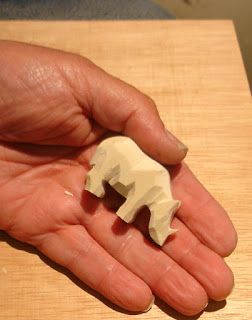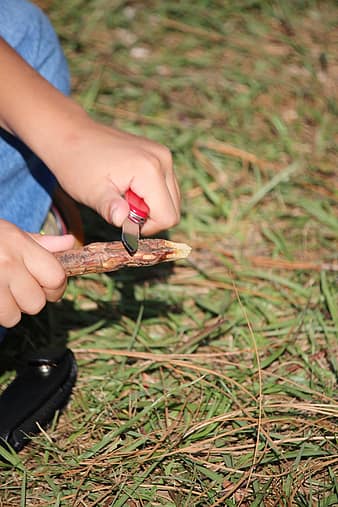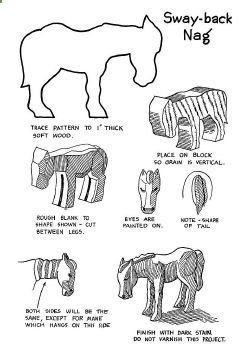
To chip carve, the first step is to envision where your blade will be. Start by cutting the tile at the point. Next, work your way upwards to create larger chips. Try not to pry out the chips but gently wiggle them out. Cut a bit deeper if the tile has any bits left. You can continue this process until your tile is finished. Then, use a pattern to help you create your own unique chip carvings.
Free form style carving
To carve an image onto the wood in free-form style, you can use a split or straight-edged blank. The split blank allows you to use more power when carving, as its fibers are straight. You can also cut in either direction by flattening the top and removing it from the bottom. To improve your carving, experiment with different templates and create your own designs.
Although carving can be tedious, once you are proficient, it is well worth the effort. The process of carving a design can be as tedious as the actual carve. Chip carving involves many cuts and ridges. It is important to ensure that the ridges are sharp at the bottom. The "sharpness of the ridges, regardless of whether you are carving a circle or not, is crucial.
Using angled cuts
It is important to imagine how your chip will look if you use an angled blade to cut it. The chip will probably have two sides. One of the sides will be straight. Generally speaking, the cut will be made with the point of the knife positioned at the intersection of the two straight walls. Next, make a third cut. This should intersect the two straight walls at the deepest part.

Chip carving works better when the wood's color is light. This creates a stronger contrast between the negative and positive spaces. The shadows of light-colored wood will be more contrasted. A straight cut chip will emphasize the space below it. An angled cut will create gentle shadows that are more pleasing to the eyes. If the chip is angled, it will look like the letters are being cut out of the wood.
Use a Flexcut knife
A Flexcut knife can be a great option if your goal is to get started chip carving. These American-made knives have a highly polished edge and come pre-sharpened. However, they need to be regularly stropped in Flexcut Gold polishing material. For this knife, the ideal bevel angle should be 15 degrees. You can carve chips by holding the knife at this angle.
The Flexcut knives can be a great tool for chip carving if you're not a pro at it. Every Flexcut knife has a reliable, long-lasting edge. The handles are made of ergonomically-shaped wood. These knives offer precise control and less risk of chipping. To ensure your carving tools last a long time, Flexcut offers a special coating that prevents chipping by forming a protective film on the blades.
A pattern is made
Draw a pattern for a chip carving design. You can make a pattern that is free-form, or use basic geometric shapes such squares, ovals, or circles. It is essential to keep the lines straight. It might take a few attempts before you get the hang of it. By making a practice piece of scrap wood, you can learn the pattern. Once you have a plan, you can start carving.
You can draw a grid to help you carve squares. This pattern allows you to create unique pieces by experimenting with different designs. You will need a pencil or ruler to draw the pattern. The grid should have each cell squared and the sides of each cell be 3/16" to 1/4". To create triangles, connect one corner of each cell to the opposite to form corners. These can be used to carve three-cornered chips.
Getting started

Starting chip carving requires that you understand the basics. The majority of designs are geometric so graphite papers can be used to trace a pattern onto your wood. To ensure accuracy, you can use a ruler as you trace along each edge of the wood. To erase the lines you have drawn, you can use a pencil or an eraser. After mastering this technique, you will be able to practice it on a larger surface until your grip is good.
Chip carving has a number of great benefits. It is easy to learn and costs very little. Compared to other wood carving techniques, chip carving is easy to master. Chip carving is a great way to express your creativity and create beautiful pieces. You can also create personalized pieces to give as gifts, or use in your home. This is a great hobby that can be passed on from generation to generation. A small piece of wood can be used to practice chip carving techniques, such as a wooden spoon.
FAQ
Do you have any other information I should know about woodworking and/or the process of making it?
It's easy to underestimate the amount of work involved in making furniture. Finding the right kind of wood is the most difficult part. There are so many varieties of wood available that choosing one can be difficult.
A problem is that wood doesn't have the same properties. Some woods will warp over time, others will split or crack. These are important considerations to make before you purchase wood.
How long does a piece take to finish?
It all depends on what type of wood you use, how complex your design is, and how much finishing you use. Hardwoods require more care than softwoods. Hardwoods tend to be more expensive that softwoods. They last longer and are more resistant to moisture. The typical time taken to finish a piece furniture takes anywhere from one to three month.
Do I need to be a genius to succeed in woodworking?
No. Woodworking is not rocket science. To create stunning works of art, anyone can learn to use basic power tools.
How often should new supplies be purchased?
Over time, you may need to replace your tools. Sharpening hand tools is a must. You'll also need to replace parts if you use power tools. Spread your purchases over several months to avoid purchasing too many items at once.
Statistics
- Woodworkers on the lower end of that spectrum, the bottom 10% to be exact, make roughly $24,000 a year, while the top 10% makes $108,000. (zippia.com)
- The best-paid 10 percent make $76,000, while the lowest-paid 10 percent make $34,000. (zippia.com)
- Overall employment of woodworkers is projected to grow 8 percent from 2020 to 2030, about as fast as the average for all occupations. (bls.gov)
- Most woodworkers agree that lumber moisture needs to be under 10% for building furniture. (woodandshop.com)
External Links
How To
How to drive a nail through wood
The first step in driving a nail into wood is to choose the correct size and type of hammer. There are many types of hammers that you will find: claw hammers and sledgehammers; mallets; ball peen hammers; and hatchets. Each type of tool has its advantages and drawbacks. A claw hammer, for example, is the best choice if you need to hit nails hard. However, it's not easy to know exactly where the impact will land. The sledgehammer works well for large areas, but is too heavy for smaller tasks.
After selecting the right hammer, you will need to place your hand flat against one side of the head. The handle should rest comfortably in your hands. Hold the handle in your hand, but don’t force it too hard that you break. Your wrist should be relaxed while you hold the hammer straight upwards. Now, move the hammer towards the center of the nail by swinging it back. You should feel the impact of your hammer hitting the nail. You can practice swinging the hammer with a block or wood until you feel the rhythm.
Hold the hammer near your body until you're ready for the nail to be driven. Position the nail, so it's perpendicular to the surface of the wood. Your eyes should be focused on the nail's tip. Then, swing the hammer forward. Next, follow the motion of your hammerhead. Continue this motion several times, slowly increasing the speed of each swing. Once you've mastered the technique, try adding power to your swings. You can hold the hammer over your shoulder and forcefully bring it down. You'll have more energy to work with.
Once you've nailed the first hole, remove the hammer from the nail. The rest of the nails can be pulled out using a screwdriver, pry bar, or a hammer. To prevent splitting the wood, ensure you keep the nail heads flush against the board's surface.